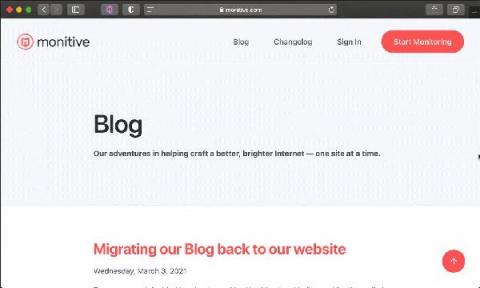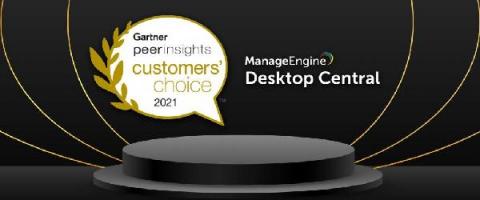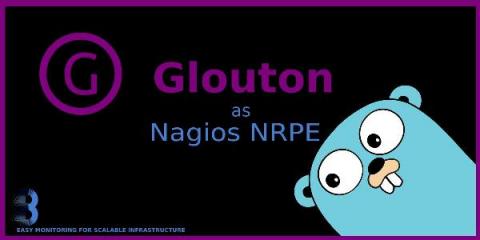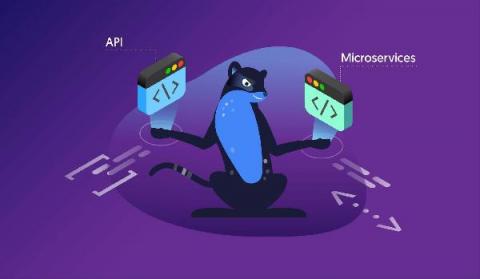Using Thola for monitoring your network devices
Once upon a time there was a small company in the south west of Germany that used an old check plugin for monitoring its network devices. But as their network got bigger and bigger over time, the plugin (written in Perl) became more greedy than ever before and swallowed all of the available resources. The CPUs were melting and the RAM was about to collapse. So a small team of creative software developers decided to take the fate of their company into their own hands.











